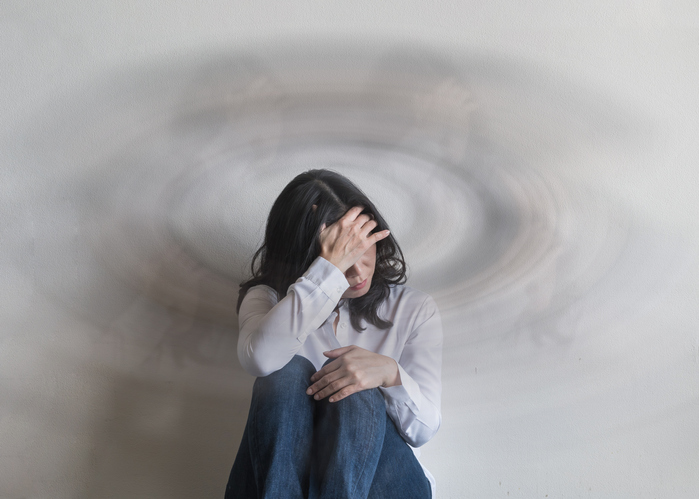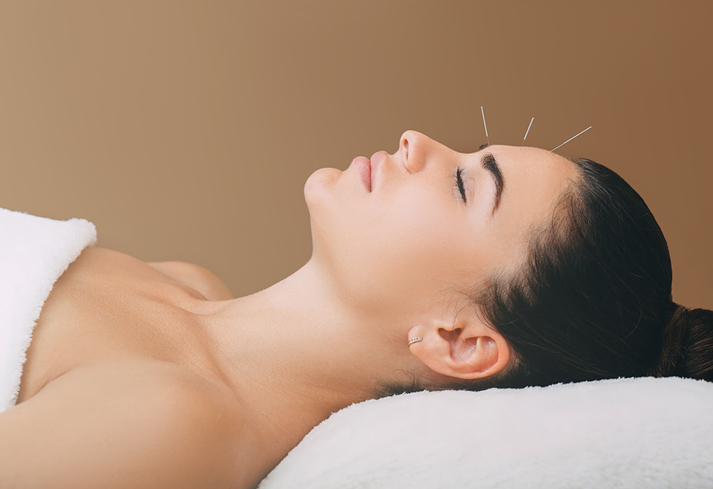Pain
Stages of a Migraine

What is a migraine?
A migraine is a debilitating type of headache that can last from a few hours to a few days. At the outset of a migraine, overactive nerve cells send impulses to the blood vessels, which triggers the release of certain hormones, such as serotonin, prostaglandins, and estrogen. The release of these hormones causes the blood vessels near the nerve endings to swell, resulting in a migraine. Once an individual has experienced a migraine, they tend to recur.
The severity and duration of migraine symptoms can change over a period of hours to several days. Migraines are divided into four phases; however, not every person experiences each phase nor does every migraine involve each phase.
Stages
The four stages of a migraine include prodrome, aura, attack and postdrome.
Prodrome
The prodrome phase occurs prior to the migraine attack and provides a warning signal that a migraine is developing. Symptoms may include food cravings, increased thirst, increased urination, neck stiffness, frequent yawning, constipation, and mood changes (e.g., irritability and depression to excitement and euphoria).
Aura
Approximately one-fourth to one-third of those with migraines experience auras; however, they may not occur with every migraine. Auras typically involve visual disturbances, but they can also involve other sensory disturbances. Auras usually last from 20 to 60 minutes and typically occur before the attack phase; however, they can also occur during the attack. Symptoms of an aura include, but are not limited to, the following:
- Visual auras involve disturbances in the visual field. A visual aura may appear as a complicated flickering arc of light (usually developing into a “C” shape), a pinprick of light that develops into bright geometric lines and shapes (fortification spectrum), bright spots or flashes of light, distorted vision, or partial vision loss (scotoma).
- Tactile auras involve unusual skin sensations. Tingling or numbness may be felt in an arm or leg and spread to the face or tongue.
- Motor auras may involve uncontrollable jerking, twitching or other movements
- Verbal auras involve language issues, including problems expressing thoughts when speaking, confusion with spoken or written words, or trouble concentrating.
Attack
The attack phase of a migraine involves severe head pain. Normal activities are typically limited during this time. Pain may begin above the eyes. Although migraine pain can affect the entire head, it most commonly affects only one side. It can move from one side to the other and can also affect the lower face, jaw, teeth, and back of the neck. The pain is usually throbbing and may increase during physical activity or when leaning the body forward. Other symptoms that may occur during the attack phase include lightheadedness, fainting, nausea, vomiting, or light, sound and scent sensitivity.
Postdrome
The postdrome phase occurs after the attack. Uneasy feelings, extreme tiredness, confusion, elation, or brief head pain during sudden head movements may be felt up to 24 hours after a migraine attack.


















